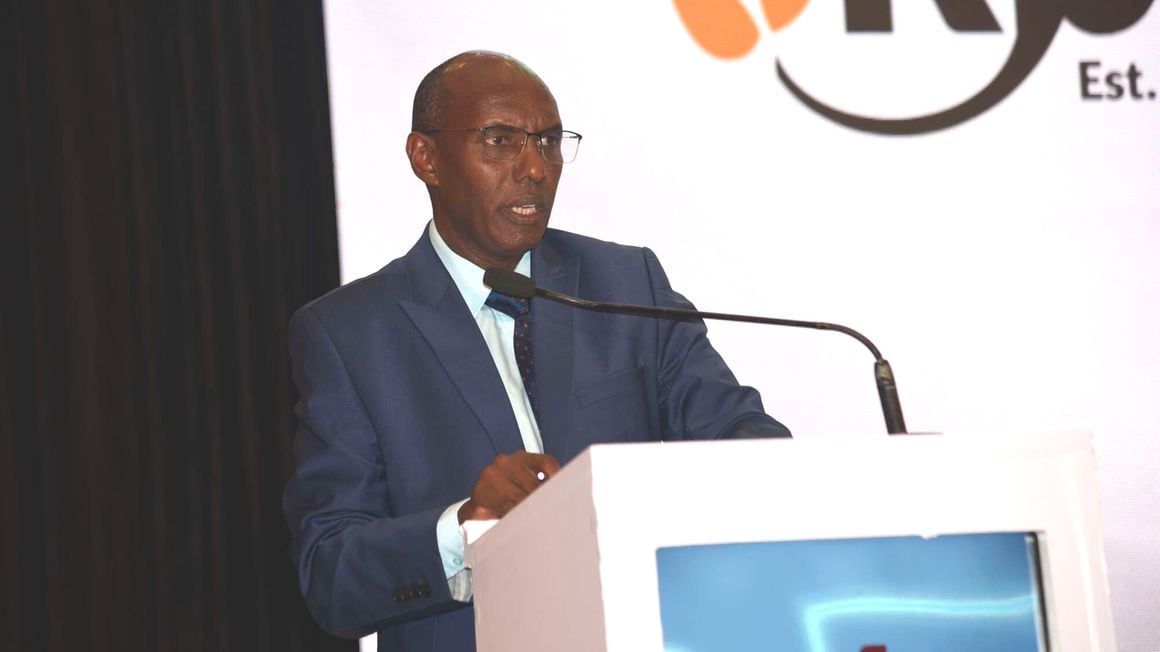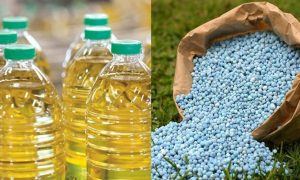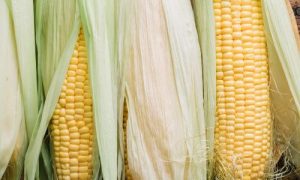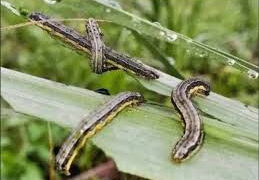State pushes for blended flour to reduce reliance on maize

Kenya has renewed plans to blend maize flour with cassava, millet, sorghum or amaranth in a bid to stem over-reliance on the staple and address malnutrition.
Agriculture principal secretary Harsama Kello said on Wednesday the Kenya Kwanza administration is working on a policy concerning blended maize flour that will be made public soon.
A similar attempt was made by the Jubilee administration in 2018 but fizzled out amid a call for public awareness before rollout.
“In our strategy to shape our food policy, we are going to blend the Ugali we are eating in this country to have a mix of millet, sorghum, amaranth and cassava very soon,” Mr Kello told an agriculture forum organised by the Kenya Breweries Limited (KBL).
Over the recent past, the prices of maize shot up sharply on the back of delays in importation and competition for limited supply between millers and the humanitarian agencies for the little available stocks.
The Kenya Kwanza administration is keen on promoting sorghum as a vital crop in the agriculture value chain alongside millet to make the country food secure.
Currently, sorghum farming is done in semi-arid areas in western, eastern, and coastal regions, with plans by the government to expand its coverage.
Mr Kello commended KBL’s commitment to equipping about 60,000 smallholder farmers with agricultural skills and resources to enable them to get higher yields while mitigating on effects of climate change.
KBL locally sources sorghum and barley, the raw materials for brewing its products. Last year, the brewer announced it was looking for additional 5,000 farmers to supply sorghum as the demand for its Senator Keg beer increases.
“We invite more farmers to join us and assure them of a steady market and good prices for their produce. Our vision is to make our agricultural supply chains economically, socially and environmentally sustainable” said Eric Kiniti, KBL group corporate relations director.
Agriculture is the largest sector of our economy, contributing half of the country’s GDP, a quarter directly and another quarter indirectly, with two-thirds of Kenyans derive either all or part of their incomes from agriculture.
















